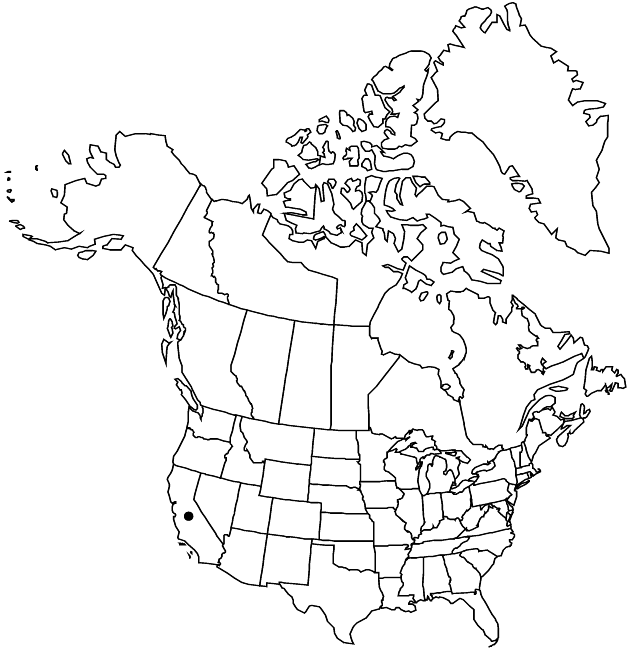Lasthenia platycarpha
Man. Bot. San Francisco, 205. 1894.
Annuals, to 30 cm. Stems erect, branched proximally, glabrous or woolly to villous, especially distally. Leaves linear, 10–60 × 1–2+ mm (simple blades or single lobes), margins usually lobed, sometimes entire, faces glabrous or hairy. Involucres obconic, 6–8 mm. Phyllaries 6–9, elliptic to ovate, glabrous or villous. Receptacles conic, muricate, glabrous or sparsely hairy. Ray-florets 6–13; laminae elliptic, 7–8 mm. Anther appendages deltate. Cypselae black to gray, narrowly clavate, 1.5–3.5 mm, hairy; pappi of 4–6 white or yellowish, lanceolate to ovate, aristate scales. 2n = 8.
Phenology: Flowering Mar–Apr.
Habitat: Alkali flats
Elevation: 0–100+ m
Distribution

Calif.
Discussion
Lasthenia platycarpha is known only from highly saline soils and is frequently found with species of sects. Hologymne and Ornduffia, particularly L. fremontii. In the northern part of its range, L. platycarpha is more robust and has longer pappus scales and more densely pubescent peduncles. Plants with entire leaves resemble species of sect. Amphiachaenia; L. platycarpha does not have anthochlor pigments that turn red in aqueous alkali.
Selected References
None.